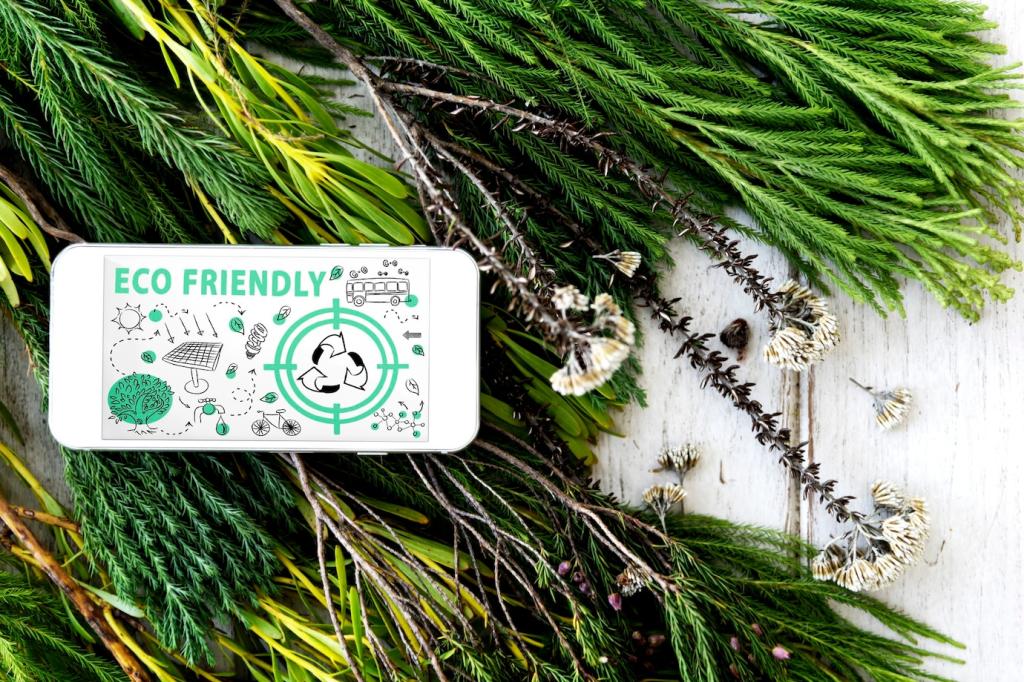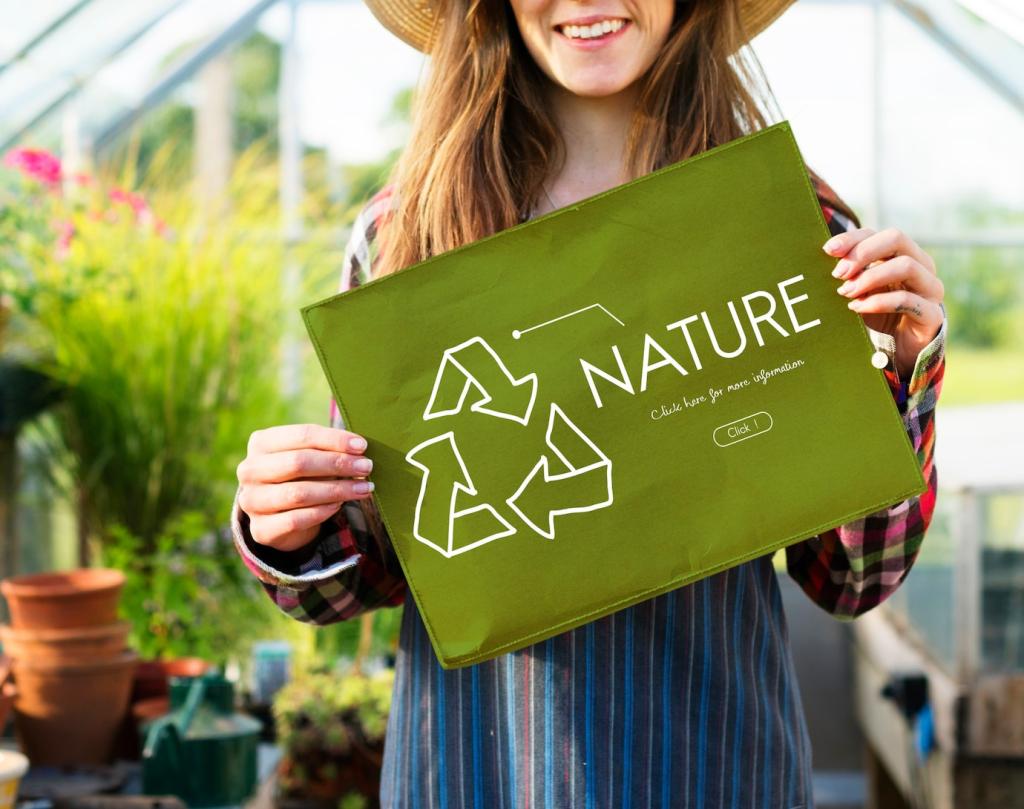How to Write Impactful Content for Eco-Friendly Audiences
Chosen theme: How to Write Impactful Content for Eco-Friendly Audiences. Welcome! If you want your sustainability message to inspire real change, you’re in the right place. Let’s craft honest, hopeful, and practical content that resonates, mobilizes, and invites lasting participation—starting today.








Message Architecture and Voice for Impact
Connect immediate benefits—saving money, cutting clutter—to higher values like resilience and community care. This ladder helps different readers locate meaning at their level while staying aligned with the broader, hopeful vision of a thriving planet.
Message Architecture and Voice for Impact
Prefer short sentences, concrete verbs, and everyday terms over jargon. Replace acronyms with quick definitions. Warmth signals respect and keeps readers moving. When you must introduce complexity, use analogies and visuals to reduce cognitive load compassionately.


Ethical SEO for Green Topics
Search Intent with Integrity
Map queries to needs: learn, compare, or act. For “home composting beginners,” deliver a friendly starter plan, not a product dump. Satisfy intent fully so readers stay, trust, and subscribe—because you solved the problem they actually had.
Evergreen Structures and Refresh Cycles
Publish pillars—guides on energy, waste, and water—then update with new regulations, tech, and prices. Note update dates to show freshness. Readers appreciate living resources that evolve alongside climate news rather than one-off, soon-stale posts.
E-E-A-T for Sustainability Content
Demonstrate experience, expertise, author transparency, and trustworthy sources. Include author bios with relevant fieldwork or certifications. Summarize methods, link to data, and invite corrections. That openness lifts both rankings and reader loyalty over time.
Format, Accessibility, and Low-Friction Experiences
Use short videos for step-by-steps, long reads for complex trade-offs, and checklists for quick wins. Offer audio versions for commuters. Matching format to task keeps readers engaged and more likely to implement the advice immediately.

Measure Outcomes and Learn with Your Community
Define North-Star Metrics
Pick metrics tied to behavior, such as insulation sign-ups, food waste reductions, or refill station usage. Track both absolute numbers and participation rates. Clear metrics keep teams focused and help readers see their collective impact grow.
Test Ethically, Learn Publicly
Run transparent A/B tests on headlines or calls to action, and disclose what changed. Prioritize user well-being over vanity metrics. Share learnings in roundups so the community benefits—and suggest future tests readers want to see.
Invite Feedback and Co-Creation
Embed quick surveys, ask for local stories, and highlight reader innovations. Co-create checklists and toolkits, crediting contributors. People support what they help build, so invite them to subscribe for collaborative projects and report back with results.
